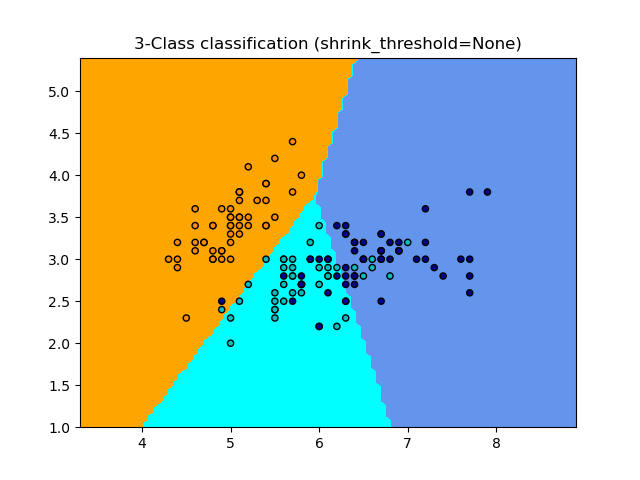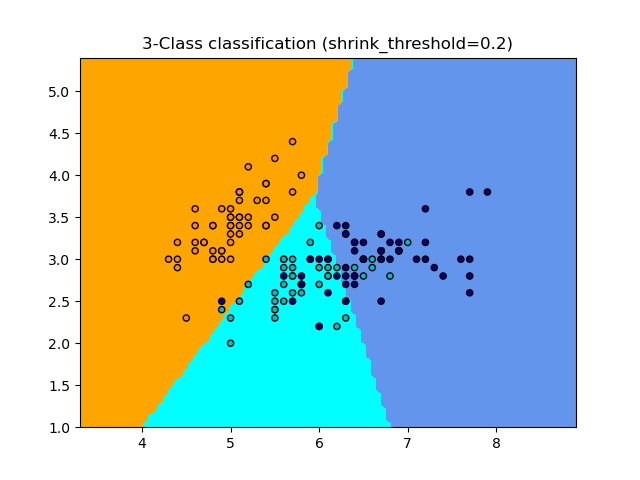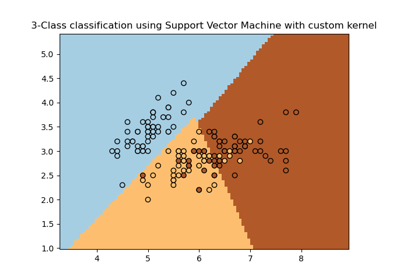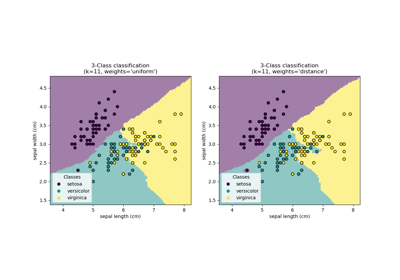Note
Go to the end to download the full example code or to run this example in your browser via JupyterLite or Binder.
Nearest Centroid Classification#
Sample usage of Nearest Centroid classification. It will plot the decision boundaries for each class.
None 0.8133333333333334
0.2 0.82
# Authors: The scikit-learn developers
# SPDX-License-Identifier: BSD-3-Clause
import matplotlib.pyplot as plt
import numpy as np
from matplotlib.colors import ListedColormap
from sklearn import datasets
from sklearn.inspection import DecisionBoundaryDisplay
from sklearn.neighbors import NearestCentroid
# import some data to play with
iris = datasets.load_iris()
# we only take the first two features. We could avoid this ugly
# slicing by using a two-dim dataset
X = iris.data[:, :2]
y = iris.target
# Create color maps
cmap_light = ListedColormap(["orange", "cyan", "cornflowerblue"])
cmap_bold = ListedColormap(["darkorange", "c", "darkblue"])
for shrinkage in [None, 0.2]:
# we create an instance of Nearest Centroid Classifier and fit the data.
clf = NearestCentroid(shrink_threshold=shrinkage)
clf.fit(X, y)
y_pred = clf.predict(X)
print(shrinkage, np.mean(y == y_pred))
_, ax = plt.subplots()
DecisionBoundaryDisplay.from_estimator(
clf, X, cmap=cmap_light, ax=ax, response_method="predict"
)
# Plot also the training points
plt.scatter(X[:, 0], X[:, 1], c=y, cmap=cmap_bold, edgecolor="k", s=20)
plt.title("3-Class classification (shrink_threshold=%r)" % shrinkage)
plt.axis("tight")
plt.show()
Total running time of the script: (0 minutes 0.137 seconds)
Related examples
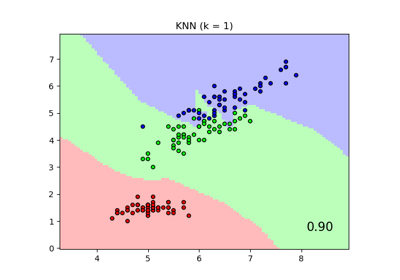
Comparing Nearest Neighbors with and without Neighborhood Components Analysis
Comparing Nearest Neighbors with and without Neighborhood Components Analysis
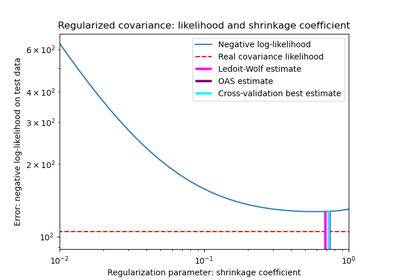
Shrinkage covariance estimation: LedoitWolf vs OAS and max-likelihood
Shrinkage covariance estimation: LedoitWolf vs OAS and max-likelihood
